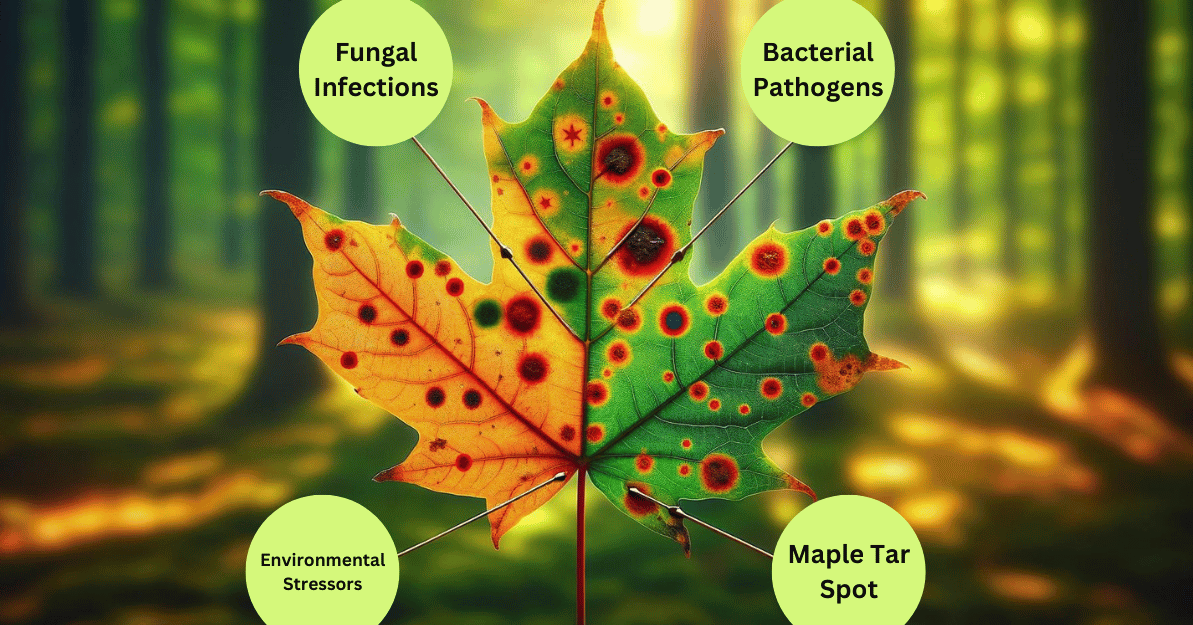Arborvitae trees are famous for homeowners seeking attractive, evergreen landscape additions. However, these elegant trees are not immune to the appetites of local wildlife, especially deer. In this article, we'll explore why deer are attracted to arborvitae and discuss practical strategies to protect your trees from these hungry visitors.
Why are deer attracted to arborvitae?
Deer are known to turn to trees and shrubs for sustenance when faced with a scarcity of ground-level food, particularly during prolonged periods of snow cover. When their usual food sources are scarce in winter, arborvitae and yews become vulnerable targets for deer browsing. Among evergreens, arborvitae is one of the trees most susceptible to deer damage in various settings, including woodlands, windbreaks, and residential landscapes.
How to Stop Deer From Eating Arborvitae Trees
1. Use Deer Repellent:
One effective strategy to deter deer from feasting on your arborvitae is using deer repellents. These products are designed to emit odors or unappealing tastes to deer, discouraging them from nibbling on your trees. Applying a high-quality deer repellent, especially during the winter months, can create a protective barrier around your arborvitae, making them less attractive to hungry deer.
2. Deer Fencing:
Physical barriers like deer fencing provide a reliable defense against deer damage. Installing a sturdy fence around your arborvitae can prevent deer from reaching the trees and causing harm. When choosing deer fencing, ensure it is tall enough to discourage jumping and sturdy sufficient to withstand potential collisions. This method protects your arborvitae and adds a practical and long-lasting solution to your landscape.
3. Plant Deer-Resistant Arborvitaes:
An ounce of prevention is worth a pound of cure. Consider planting arborvitaes that are less appealing to deer. Varieties like the Western arborvitaes, such as Green Giant, Steeplechase, or Spring Grove, are known to be less attractive to deer. By strategically choosing deer-resistant arborvitaes for your landscape, you reduce the likelihood of deer damage in the first place.
Will arborvitaes come back after deer eat them?
One common concern among arborvitae owners is whether the trees will recover after deer have feasted on them. While arborvitae branches damaged by deer may not regrow, the tree typically survives the ordeal. Arborvitaes are resilient and can bounce back from browsing, especially if the damage is not severe. Proper care and maintenance, including pruning damaged branches, can aid in the recovery process and encourage new growth.
Contact Strobert Tree Services: Leaders in Tree Care
For those facing persistent deer damage or seeking professional advice on arborvitae care, Strobert Tree Services stands as a reliable resource. As leaders in tree care, serving communities in Delaware, Pennsylvania, Maryland, and New Jersey, Strobert Tree Services offers expertise in mitigating deer damage, tree pruning, and overall tree health.
Whether you require assistance selecting deer-resistant arborvitaes, implementing protective measures, or rehabilitating trees after deer damage, the experienced team at Strobert Tree Services is ready to provide personalized solutions. With a commitment to arboriculture excellence, Strobert Tree Services prioritizes the health and longevity of your trees, ensuring a thriving landscape for years to come.
Protecting your arborvitae from deer damage involves a combination of proactive measures and thoughtful tree care. By understanding why deer are attracted to arborvitae and implementing effective strategies such as deer repellents, fencing, and choosing deer-resistant varieties, you can safeguard the beauty and vitality of your trees. In cases of persistent challenges or extensive damage, reaching out to professionals like Strobert Tree Services can provide the expertise needed to ensure the health and resilience of your arborvitae.











